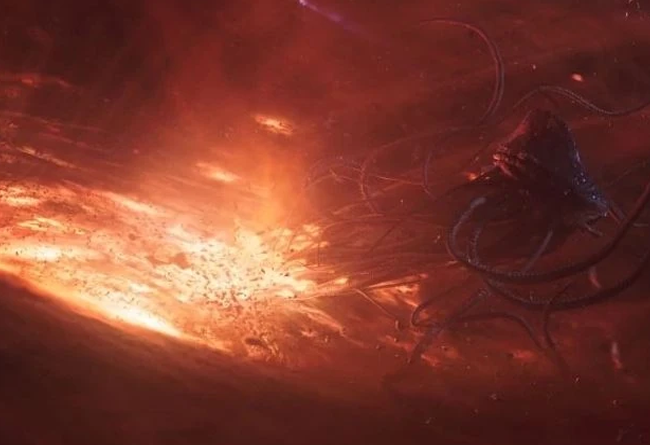Name: Saleucami
Type: Terrestrial
Temperature: Temperate, arid
Atmosphere: Type I (breathable)
Hydrosphere: Moderate
Gravity: Standard
Terrain: Deserts, swamps
Length of Day: 26 Standard Hours
Length of Year: 392 Standard Days
Sapient Species: Human, Twi’lek
Starport: Imperial Class
Population: 1.4 Billion (Pantoran 36%, Weequay 8%, Gran 8%, Humans 6%, Twi’leks 4%, other 38%)
Planet Function: Trade Center
Government: Corporate
Tech Level: Hyperspace
Trade Routes: Talcene Transit
Major Exports: Botanicals, finished goods, medicines, technology
Major Imports: Foodstuffs, raw materials
Settlements: Taleucema (capital)
Points of Interest: Blackwind Crater, Lawquane farmstead, Magma Caverns, Saleucami Cloning Complex
Native Flora: Eopie, Firefly, Nuna, Reek, Saleucami bat, Saleucami buzzard, Starklebird
Native Fauna: Greater cake tree, Towering Bith
System Data
Region: Outer Rim Territories
Sector: Suolriep
System Name: Saleucami
Star Name: Stissle
Star Type: Yellow
Background: A temperate world with a mix of environments including arid deserts and swamps, located in the Saleucami system, within the Suolriep sector of the galaxy’s Outer Rim Territories. Its name meant “oasis”. During the Clone Wars, its inhabitants wished to stay out of the conflict, though war would eventually reach the backwater planet. Although Republic forces were able to drive the Separatists from Saleucami, it became the site of an invasion] and one of the final battles of the war.
Description
Saleucami was a dim, arid world with scattered oases of plant growth. Its name, Saleucami, meant “oasis” in Pantoran; a word which was fitting for the only habitable planet within a system filled with dead, uninhabitable worlds and meteors. These meteors would frequently cross paths with the planet’s orbit and would bombard its surface creating huge craters and calderas. Overtime, geothermal vents and subterranean water opened up within these craters, creating circular seas and turning some calderas into life-filled pockets on the planet’s surface. Ranging from desert to wetlands, the terrain on Saleucami was as diverse as its colonists. Saleucami had no indigenous sentient species, but with its pleasant climate for most of the year outside of the scorching hot equatorial regions, many settlers came to find their own oasis. Among the most prominent species were the Pantoran, Weequay, Gran, and Twi’lek. These colonists lived in tiny townships within the mineral-rich, fertile craters of the world. Establishing Taleucema as the planet’s major spaceport and capital, the location was chosen for its system of subterranean magma streams and geothermal vents. Harnessing the natural power of these features, the city-dwellers used the vents to power the city and provide warmth during the freezing desert nights. Diversity among the ecosystems created in these craters was marveled at by the local Saleucamians and visitors alike. Vast tracts of woodland would be broken up by deserts and swamps, while thick jungles filled with predators appeared elsewhere.
Culture
The culture on Saleucami primarily developed out of the Pantoran heritage, as they were the first settlers on the world. Based around the tenants of freedom of expression, the pursuit of happiness, and an explorer’s spirit, the world blossomed on the Outer Rim, attracting many diverse species to its crater cities. As more and more cultures arrived, Saleucami’s welcoming stance allowed for and encouraged full, cultural assimilation of different viewpoints. The Gran and Twi’lek settlers brought much influence to the world, and had the greatest impact on Saleucami’s cultural practices. The more insular Weequays differed in that they kept to their own self-contained neighborhoods and were not as culturally present as other species.
Because the summer months saw dramatic temperature increases, most settlers did their business at night, choosing to remain indoors during the day. This period of the evening was known as Eventide, and became a holiday of sorts for the first Pantoran settlers. Serving midday meals at midnight, the Pantorans reversed their schedules for the three months of summer and were highly active in the evenings.





